First Aid for Tradies
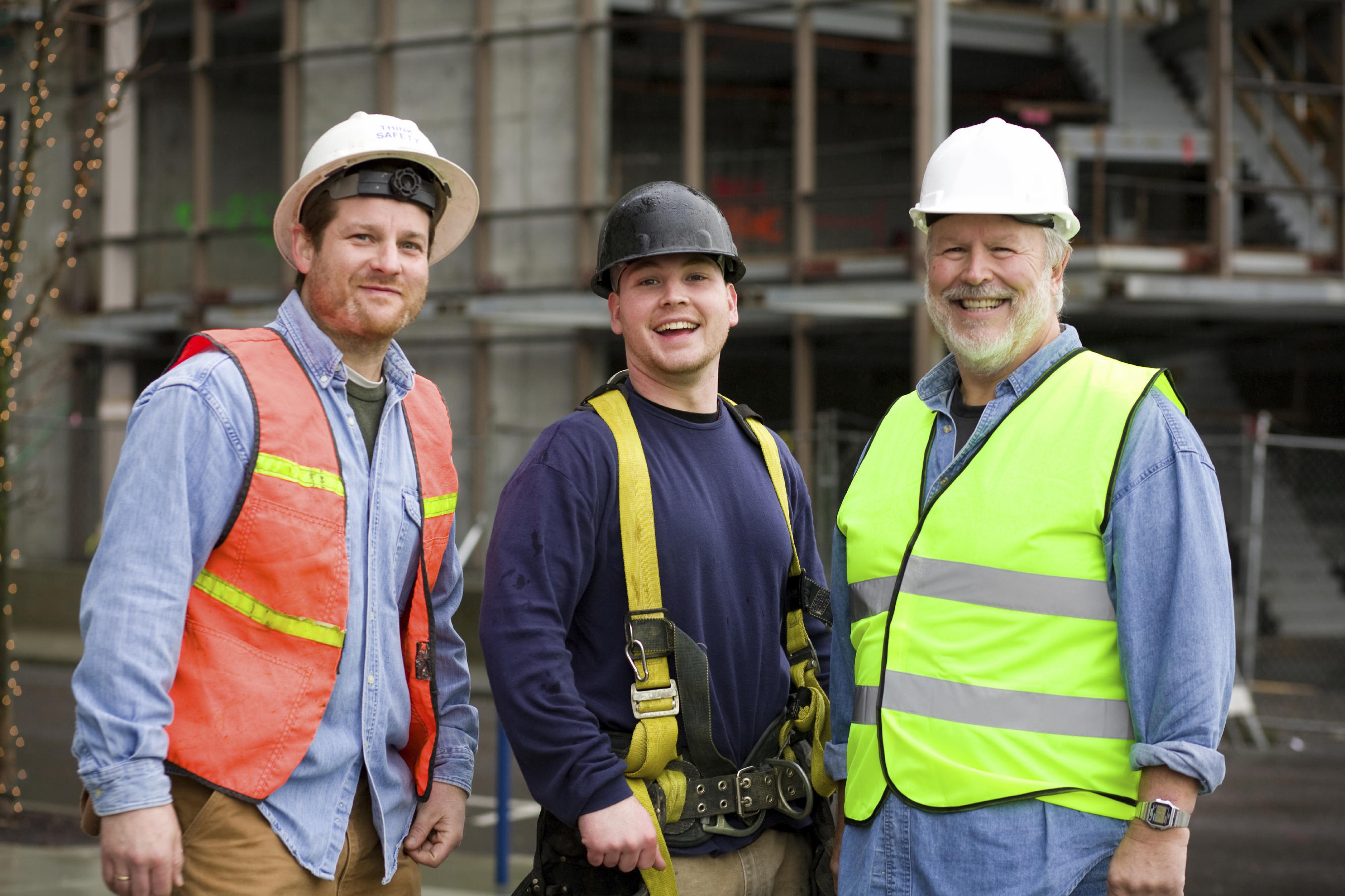
A whopping one-third of all Australia’s workforce are tradies. That’s an impressive number, especially when you consider that many of them are running one of two million small businesses across the country. Sadly, they also represent 58% of workplace injuries and 190 serious claims each day, a figure much higher than it should be. Worksites are no doubt a dangerous place to be employed.
Trade occupations are also over-represented in the fatality statistics, with 134 machinery operators and drivers, labourers, technicians and trade workers having lost their lives in 2020 alone. This figure represents a huge number of families and friends without their loved ones coming home at the end of the day, something most of us take for granted.
In addition to the tragic deaths that occur, there are many more serious and permanent injuries that occur each and every day in the course of trade work. You may not find yourself needing to perform CPR on a worksite, but you can be pretty sure of seeing everything from cuts, fractures, sprains and strains on the job. Which is why we’ve developed these First Aid tips specifically for tradies.
As August is Tradies National Health Month, it is a great time to consider how to improve every aspect of health and safety for tradies, which should also include first aid treatment. Not to mention the fact that an injured tradie is an out-of-work tradie. Follow our tips tailored for tradies.
Top Injuries for Tradies
Being aware of the most common injuries experienced by tradies can help prevent them from happening in the first place. This is particularly important for younger workers, who are at higher risk of injury on the job.
Uneven ground/flooring surfaces to slip on, lifting heavy loads up above head height, using power tools, being hit by moving or falling objects, and falls from heights are just some of the ways tradies are at high risk of accident and injury. Work sites are littered with these and many more risks, resulting in these top injuries resulting for tradies:
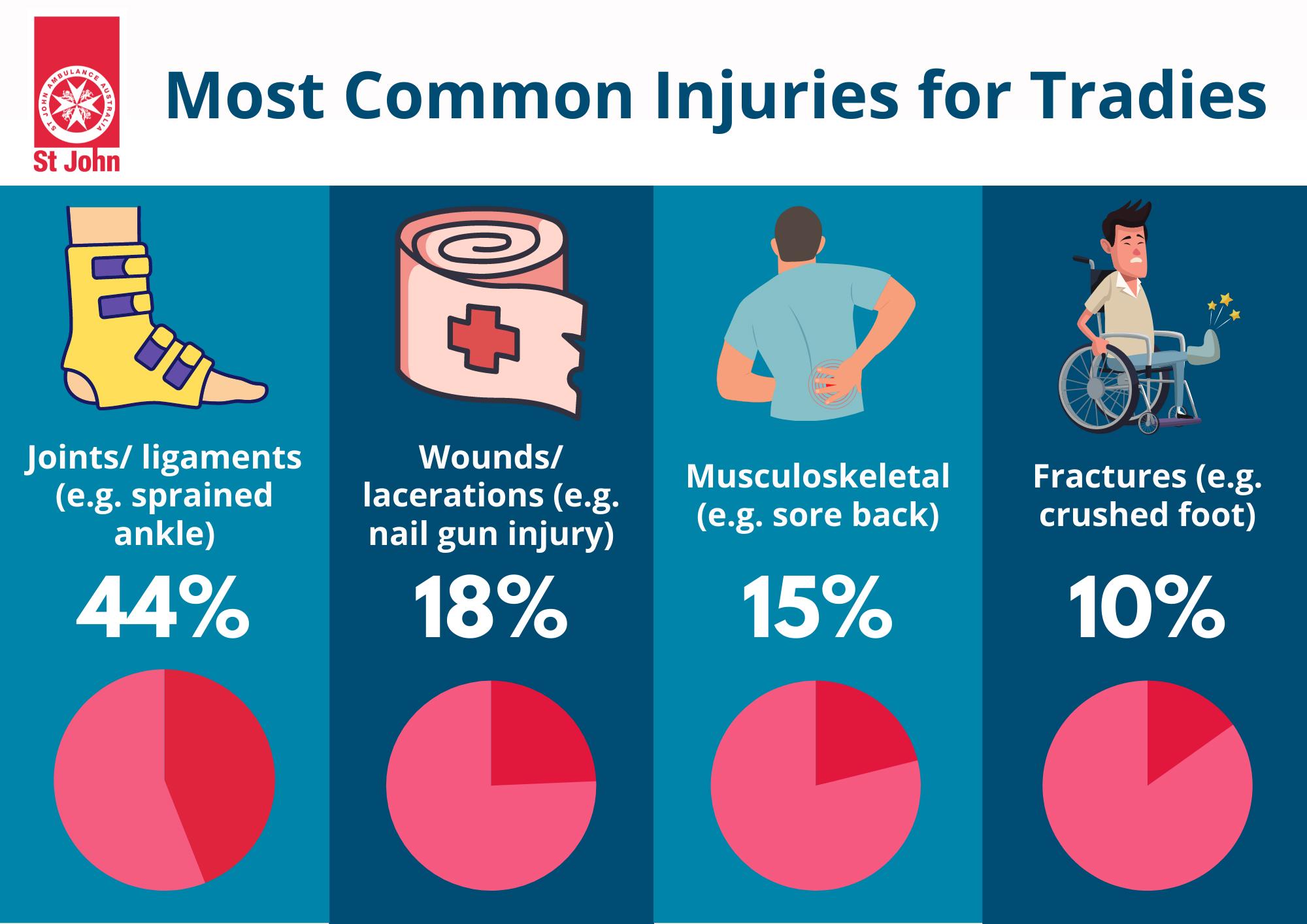
Note: ‘Tradies’ are comprised of technicians and trades workers, labourers, and machinery operators and drivers.
Tips for Tradies to Reduce Injury
Where possible, reducing the risk of injury is the best step to take. Where this is not possible, knowing what to do to quickly and simply will ease the pressure on the patient and everyone around them. Use this list as a form of checklist to know you’re on the right track.
Tip 1: PPE
Reducing risk as much as possible, through the use of protective personal equipment, should be standard across worksites today. A few essentials for tradies to keep on hand:
- goggles
- gloves
- dust masks
- ear muffs
- steel capped shoes with sturdy grip
- reflective vests
Some of these only take a few seconds to use; doing so can save you from years of pain and illness from damage to eyes, lungs, ears, fingers or toes.
Tip 2: Lifting
Manual handling techniques for the worksite are similar to any other industry – use knees, don’t lift more than (or even close to) what you’re capable of, and use equipment such as lifts and trolleys to help you.

Tip 3: Be Prepared
Having an in-date First Aid kit or two on the worksite is essential. All workers should know where these are and they must be easily accessed (i.e. not in a locked ute) to make treatment speedy and less stressful. This also reduces the rate of infection as items like bandages are handy and used instead of makeshift dirty rags, which can often happen in the panic that comes with a severe laceration.
Having a First Aid kit on hand is one thing, but knowing how and being confident to use it is another. The last thing you want is for the one designated First Aider on site to be injured, with everyone else standing around wondering what to do. Many worksites are now implementing the practice of requiring all staff on site to be First Aid trained in case this exact situation happens. It can even reduce the number of injuries if more staff than the minimum are trained, as it has been proven to make them more aware of the risks.
Tip 4: Be Safe At Heights
Falls from heights usually cause severe impact to the body. Multiple fractures, internal injuries and weeks or months off work are often the best-case scenarios.
Having secure scaffolding and appropriate harnessing can be tricky, but the risks of not using safety equipment are unimaginable.
Ladders are a particular hazard, as they can easily slip from their position if not well-secured.
Follow these ladder safety tips for better peace of mind:
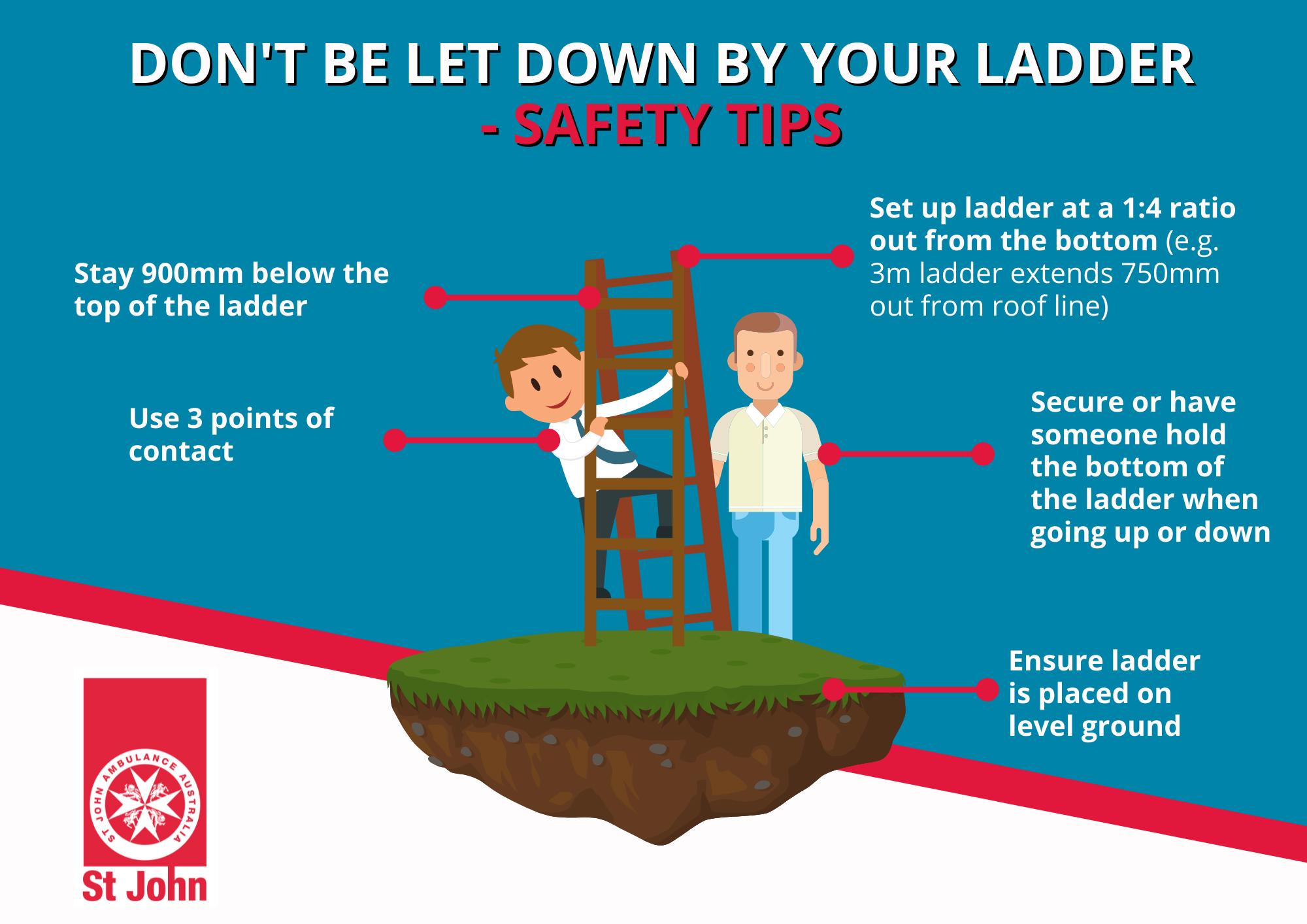
Tip 5: Consider Mental Health
Tradies are also at higher risk of mental health issues, particularly those in mining. Unfortunately, suicide rates are double the average for trade-related industry workers.
This is when looking out for a mate is particularly important, because those in distress may not see it for themselves. Being prepared on what to say and do for someone who you think is having a difficult time is invaluable.
But we don’t always know what to say or do, or if what we’ve said or done is the right thing. In the same way that doing a First Aid course helps you prepare for a physical emergency, you can also do a course that prepares you for a Mental Health emergency. One such course is Mental Health and Crisis Support, a one-day course that covers an overview of mental health, including when and how to intervene and provide support in a mental health crisis. Alternatively, you can also complete a short First Aid for the Mind eLearning. Being trained and prepared gives you a level of comfort in knowing that if a colleague, friend or family member is struggling, then you have the awareness and knowledge to step in and ask the right questions in a caring and supportive way. Learn more about how to create a mentally healthy workplace.
Our tradies make up a large percentage of our workforce and often do the hard yet thankless tasks, which can be the riskiest to their own health and wellbeing. If you’re a tradie, looking out for your own health and that of your workmates is the smart thing to do. With the number of tradies in our workforce set to increase by the tens of thousands in the next 5 years, the issues will only grow in number if we don’t improve our approach.
By looking out for your own health and the health of others, we can all work towards reducing the high level of injury, accident and fatality that tradies are disproportionally subjected to. If lives can be saved by improved safety and techniques, or even if a wound can be bandaged appropriately to reduce infection and pain, then our entire community's wellbeing can only improve.
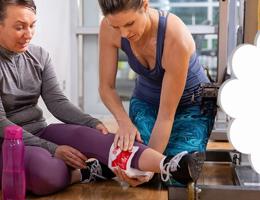
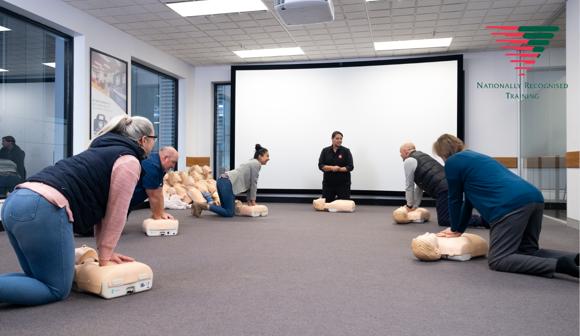
PROVIDE FIRST AID
Learn how to manage a range of common first aid scenarios.
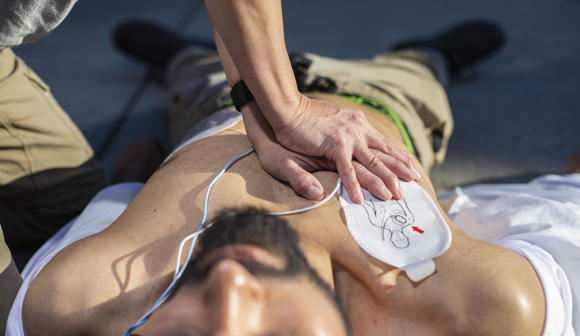
A DEFIBRILLATOR CAN MAKE THE DIFFERENCE BETWEEN LIFE AND DEATH
Defibrillation within the first few minutes of having a Sudden Cardiac Arrest can increase the chance of survival to over 70%.
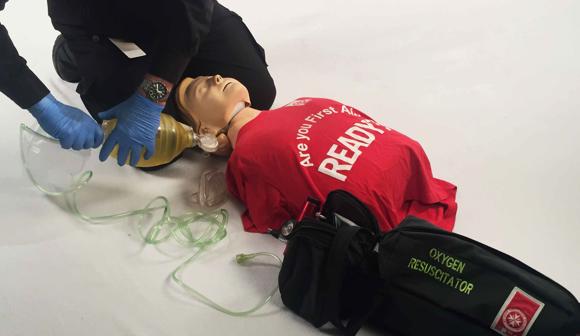
OCCUPATIONAL FIRST AID SKILL SET
This course prepares you for emergencies in a high risk work environment and provides the skills necessary to be responsible for a first aid room.
